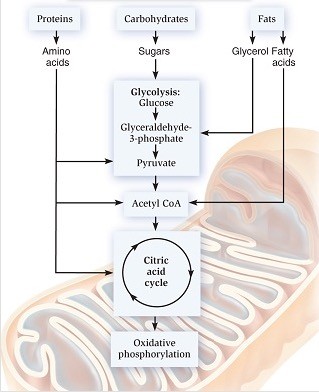Identify human genetic defects or diseases that are inherited as:
A. an autosomal recessive.
B. an autosomal dominant.
C. an X-linked recessive. What will be an ideal response?
ANS:A.
An autosomal recessive defect in hemoglobin produces sickle cell anemia
B. An autosomal dominant defect in the number of nucletoide triples produces Huntington’s disease.
C. An X-linked recessive defect in a clotting factor causes hemophilia .
You might also like to view...
Answer the following statements true (T) or false (F)
1. A single gene always encodes an enzyme. 2. RNA polymerase II of eukaryotes always requires more than one general transcription factor to initiate transcription. 3 The molecule mRNA, which contains the information to make a polypeptide, is constructed from a DNA template. 4. As part of the transcriptional unit, regulatory sequences are the sites where RNA polymerase and transcription factors bind to regulate transcription.
Imagine an invertebrate that lives in an estuary where salinity varies cyclically with the tides. If this animal practices homeostasis with respect to the salt concentration of its body fluids, its salt concentration will show ________
A) no fluctuations B) slight, continuous fluctuations C) a more concentrated state than the surrounding water at all times D a more diluted state than the surrounding water at all times
What type of genetic material did scientists use to track gene flow in a current population of wildebeest?
A. Chromosomal DNA B. Mitochondrial DNA C. Y-chromosomal analysis D. Ribosomal RNA E. Messenger RNA
 The conversion of pyruvate to acetyl CoA is irreversible. Predict what would happen to fatty acids as a result of this.
The conversion of pyruvate to acetyl CoA is irreversible. Predict what would happen to fatty acids as a result of this.
A. Fatty acids cannot be metabolized in the citric acid cycle. B. Fatty acids can be converted into carbohydrates. C. Fatty acids can be metabolized in glycolysis. D. Fatty acids cannot be converted into carbohydrates.